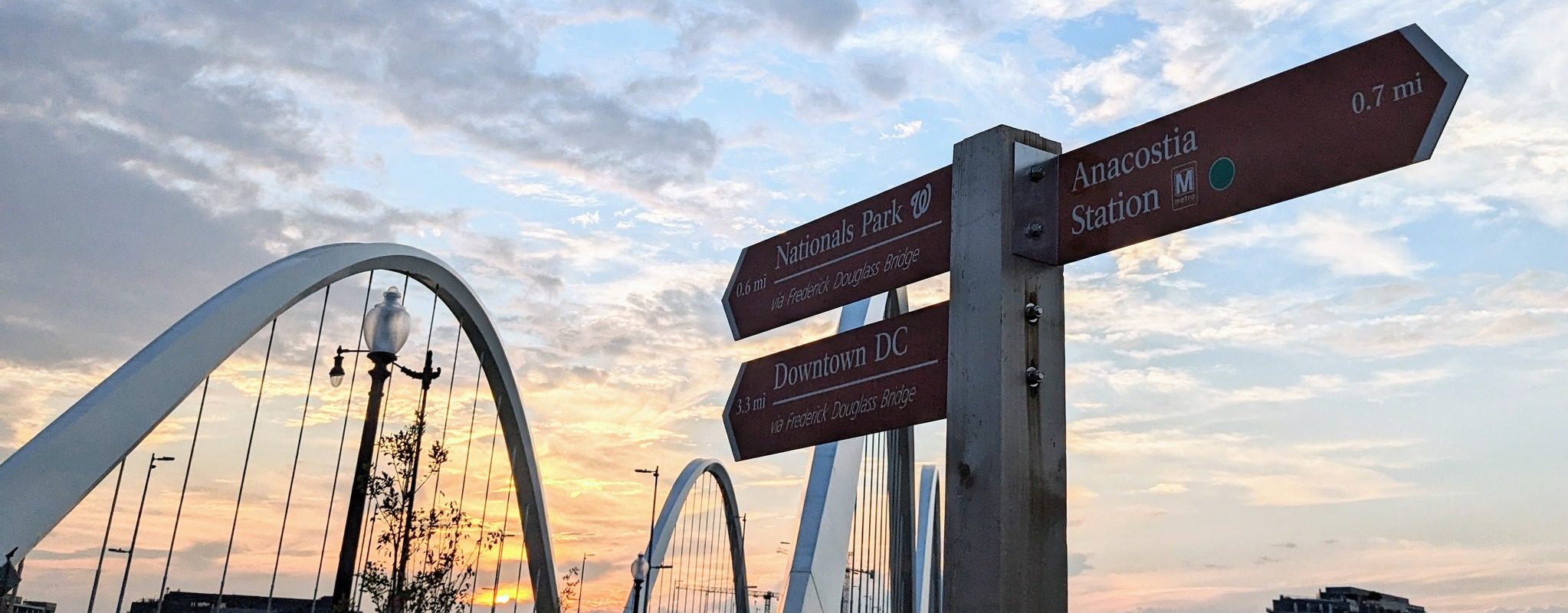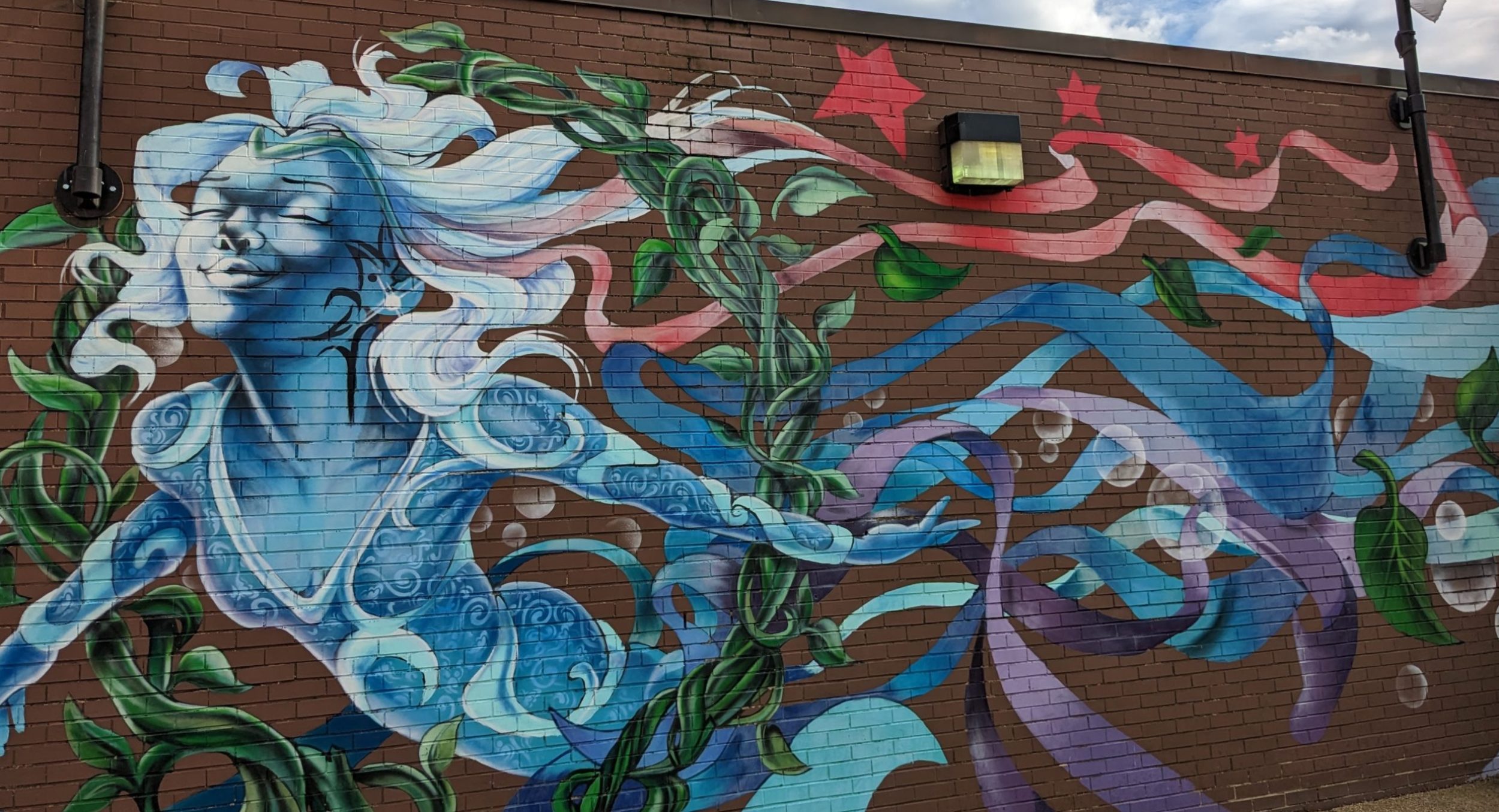 My husband and I found alpaca meat to be a case of strong affection, if not love, at first bite. Before getting to Peru, David and I imagined alpaca meat would be kind of tough. Instead, it was tender. Something like good steak or lamb, but richer.
My husband and I found alpaca meat to be a case of strong affection, if not love, at first bite. Before getting to Peru, David and I imagined alpaca meat would be kind of tough. Instead, it was tender. Something like good steak or lamb, but richer.
The picture on the left is from our first meal with alpaca. We went to the Chez Maggy chain restaurant in Aguas Calientes, the town where you stay when you go to see Machu Picchu. Chez Maggy restaurant served up a fine brochette of alpaca, like an alpaca rib eye, said David, who grew up in one of America’s finest meat-eating towns, Omaha. We also had a kabob of marinated beef heart, a dish that was already a favorite of ours from eating a Peruvian places near D.C.
We had even better alpaca dishes a few nights later in the San Blas section of Cuzco. We had a full traditional alpaca meal with potatoes at Pacha Papa, where the staff put out heat lamps and giant umbrellas to let guests to keep eating in a pretty courtyard despite a cold light rain. The next night, we had a more modern version of alpaca at Inka Panaka, a romantic little place with only a few tables and a good “neighborhood joint” vibe. The picture to the right is of our dinner at Inka Panaka.
 We had our best alpaca dish of the trip in Puno, the biggest Peruvian town on Lake Titicaca. It was our Thanksgiving dinner, alpaca in wine sauce at La Casona restaurant. That’s David with our dinner in the picture. Along with an order of alpaca, we had trout in garlic sauce. The fish was so fresh. It tasted like it might have been swimming the day before we ate it. David and I first stopped in Puno en route from Peru to Bolivia. We ordered the same meal when we wound up staying overnight in Puno again on our return to Peru from Bolivia. It was just as good the second time.
We had our best alpaca dish of the trip in Puno, the biggest Peruvian town on Lake Titicaca. It was our Thanksgiving dinner, alpaca in wine sauce at La Casona restaurant. That’s David with our dinner in the picture. Along with an order of alpaca, we had trout in garlic sauce. The fish was so fresh. It tasted like it might have been swimming the day before we ate it. David and I first stopped in Puno en route from Peru to Bolivia. We ordered the same meal when we wound up staying overnight in Puno again on our return to Peru from Bolivia. It was just as good the second time.  p was in Yanahuara, a little suburb next to Arequipa. The picture to the right shows what we had for lunch in the garden courtyard at Sol de Mayo. The dish in the foreground is a lamb in a cilantro sauce. It was one of the the best things we have had anywhere, and yet it paled in comparison to the pork adobo shown in the background. The meat was so tender that it fell apart into a sauce where neither the tangy nor the saucy flavors dominated. I’m expecting to spend a bit of time this winter trying to replicate that adobo.
p was in Yanahuara, a little suburb next to Arequipa. The picture to the right shows what we had for lunch in the garden courtyard at Sol de Mayo. The dish in the foreground is a lamb in a cilantro sauce. It was one of the the best things we have had anywhere, and yet it paled in comparison to the pork adobo shown in the background. The meat was so tender that it fell apart into a sauce where neither the tangy nor the saucy flavors dominated. I’m expecting to spend a bit of time this winter trying to replicate that adobo.But guinea pig? Umm..no.
It was David who bravely ordered it for dinner one night in Arequipa. We’d asked for it to be served without the head, and the waiter was good in honoring that request. I hadnt known to request that they also take off the little paws in the kitchen, so there they were.. looking like little hands still attached to the creature on David’s dinner plate. He offered me a sliver. I gulped it down too fast to taste anything but a bit of grease. Maybe cuy, as they call guinea pig in Peru, is delicious and we just couldn’t get over our perception of it. David didn’t like it either, but he didn’t want to insult the restaurant by leaving his meal mostly untouched. He cut into the side of the cuy trying to get a good chunk. A rich dark mass squirted, likely the liver, squirted out.

